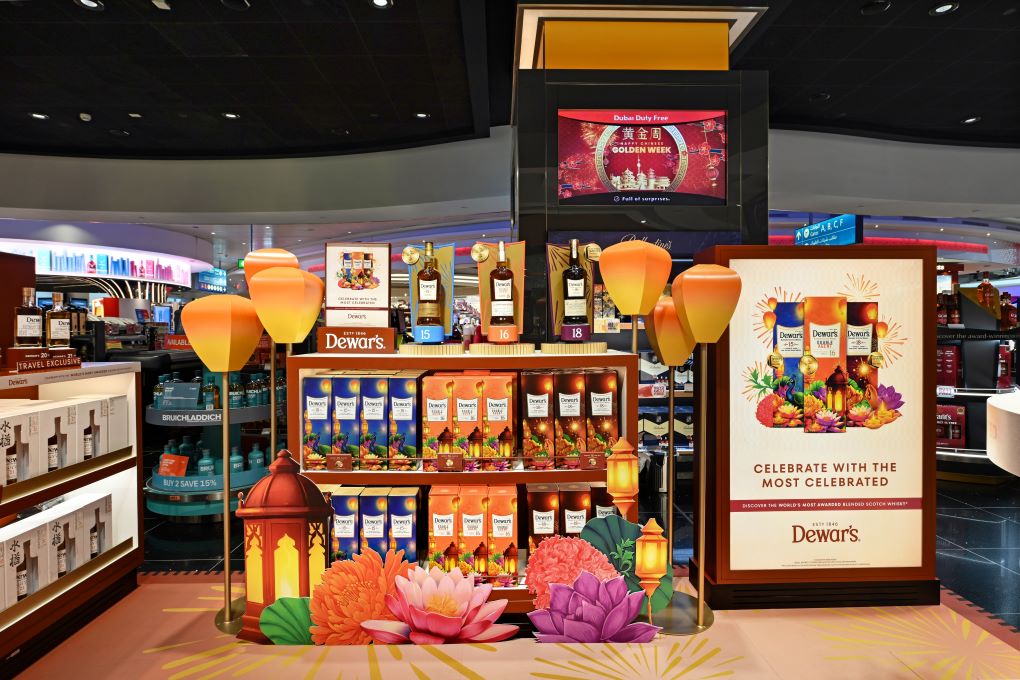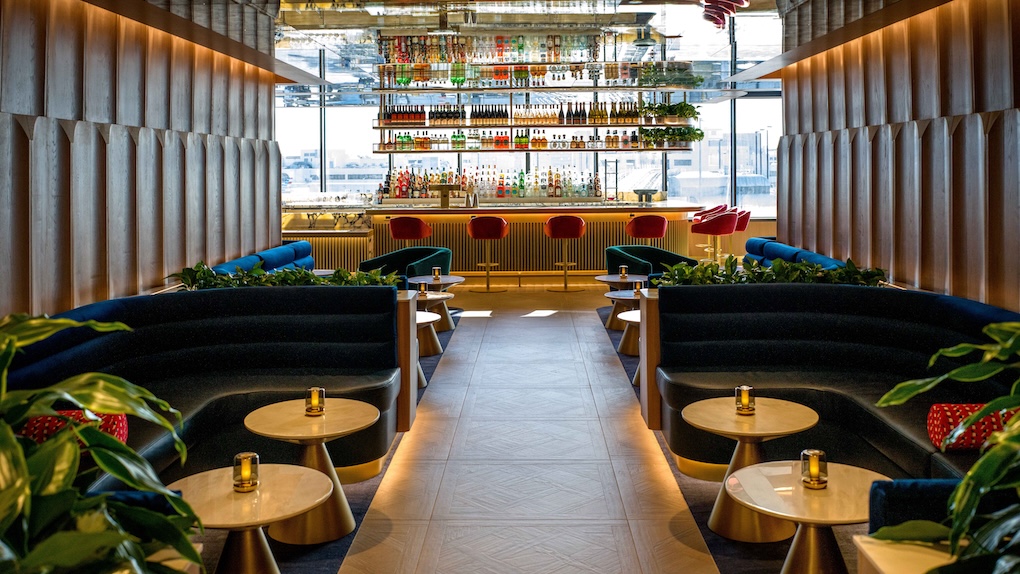 Pragma Managing Director, Airports, Travel & Commercial Spaces Alex Avery believes that in the digital age airport retailers must radically evolve the consumer proposition in order to maintain and grow customer conversion and spend.
Pragma Managing Director, Airports, Travel & Commercial Spaces Alex Avery believes that in the digital age airport retailers must radically evolve the consumer proposition in order to maintain and grow customer conversion and spend.
This article is the latest in our popular new series in association with Tito’s Handmade Vodka, which examines travel retail and airport sector ‘disruptors’ – focusing on companies challenging established models through risk-taking innovation.

With high volumes of affluent travellers, airports offer a captive audience for retailers. They’re one of the few locations able to guarantee footfall and the opportunity for brand exposure – compared to conventional high street and shopping centre locations. This has led to a wider mix of brands and category types gaining interest in occupying the showroom opportunity airport space offers.
The unique selling point and safety net of the value-driven tax and duty free proposition, together with the captive audience, has to date sheltered airport retailers from high street competition. It has long been considered a channel of its own, insulated from the market pressures of downtown.
In the digital age though, with a diminishing price advantage, the global dominance and reach of the e-commerce giants, cross-border fulfilment and increasing price transparency, the pressure is on. Airport retailers need to evolve their proposition in order to maintain and grow customer conversion and spend.
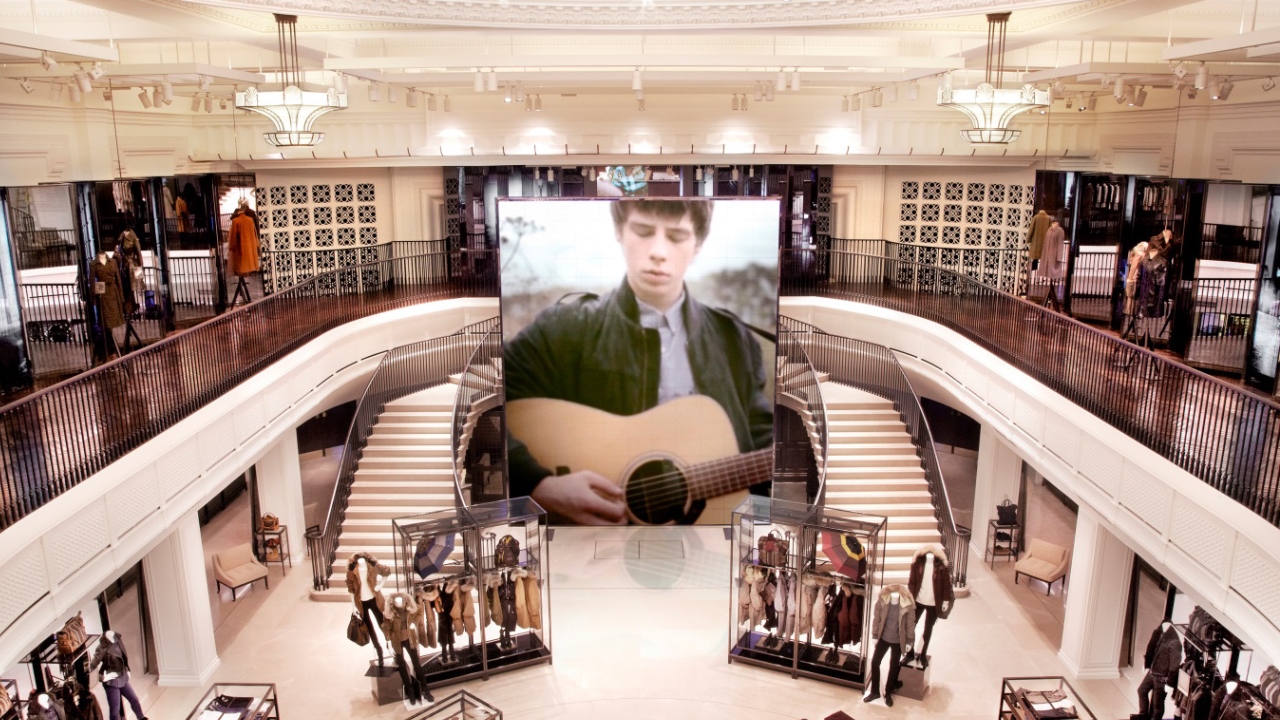
Differentiation in airport stores
Regardless of price positioning, all retailers need to offer an appropriate mix of convenience, engagement, value and customer service to succeed in the airport environment.
Luxury high-end retailers have treated online sales channels and dramatic store innovation with caution, preferring to maintain the exclusivity, service, brand experience and control that a conventional physical environment allows. Burberry was among the first to buck the trend through deep integration of digital within its flagship stores.
Is the existing commercial operating model in fact constraining innovation? Airport landlords often demand an unsustainable combination of increased minimum annual guarantees and turnover margins.
Mid-market brands which operate at high street prices face a greater challenge to differentiate their product and capture attention among lower loyalty customers. There is arguably a greater incentive to innovate in order to reach, engage, and maintain the consumer.
High street retailers are increasingly expanding their proposition to incorporate multi-use space. Ray-Ban has created a multi-format concept at its flagship in New York. It offers 3D Magic Mirrors with the latest augmented reality experience to virtually try on the latest styles, a Remix Station allowing customers to design a personalised pair and a service proposition through an on-site optician. The store also incorporates a music hall and artist exhibition space.
There’s a clear opportunity to leverage technology to base concession agreements and tenant contribution across a number of metrics other than just sales.

Several factors have meant that there has often been less incentive to innovate in the airport environment. These include a reliance on the guarantee of footfall delivery to stores, higher sales densities than high street counterparts, and the premium price paid to occupy airport space, constraining the funds available to invest in enhanced store design.
A need to evolve
So is the existing commercial operating model in fact constraining innovation? Airport landlords often demand an unsustainable combination of increased minimum annual guarantees and turnover margins. But at the same time they seek greater investment in standards of retail fit-out, customer service, store environment and dynamic programming.
There’s a clear opportunity to leverage technology to base concession agreements and tenant contribution across a number of metrics other than just sales. Footfall counters installed on entrances to airport shops and integrated with customer-tracking technology could give landlords and tenants visibility on in-store visit volumes and dwell time – two valuable additional metrics to help quantify retail space value.
As customer identification becomes increasingly sophisticated, tracking technology can also monitor customer purchase patterns i.e. visiting an airport store, then purchasing online. The current challenge for retailers is to maintain seamless visibility of the customer through the online and offline stages of the purchase process and understand how the touchpoints interact across the shopping journey. At the same time, the landlord can capture the value of brand exposure in the absence of a physical transaction being made on-site.
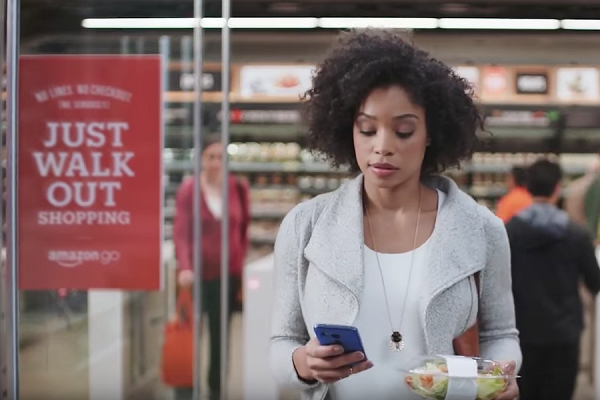
Innovation in airport retail
Many of the key innovations within retail currently focus on maximising the speed and convenience of shopping through enhanced technology. The Amazon Go convenience store optimises technology to terminate inefficiencies, allowing customers to walk out without queuing or paying at checkout, with a combination of object recognition sensors recording items as they are picked up, matched with the customer’s mobile app, and charged automatically to their registered Prime account.
The time-pressured environment, longer walking distance through large format duty free stores, and lost airport sales due to queues at check-out, means that such technology presents a great opportunity for global travel brands. Those operating multiple units around the world could also benefit from more effective customer tracking technology and relationship management to facilitate customer identification across their portfolio.
Technology-enhanced retail, combined with an emphasis on showrooming and customer experience, is providing a platform for innovation by creating new approaches to formats, store size, logistics, and inventory management. The latest automotive stores (from Tesla and Lexus Intersect for example) deliver a brand-building exercise that focuses attention on craftsmanship, design, technology and lifestyle, rather than sole emphasis on the end product itself.
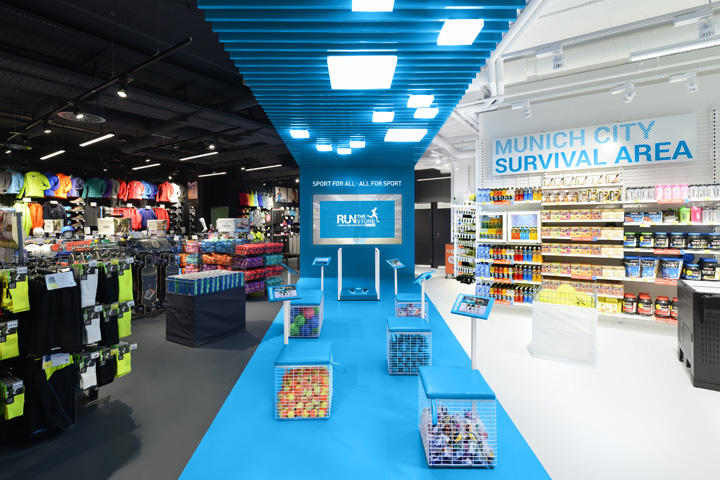
Decathlon Connect is an example where the typical warehouse sports store format of around 4,000sq m has been condensed into a 200sq m intensified experience. It combines try-and-buy, digital catalogue browsing, and click and collect, while still offering access to the brand’s circa 35,000 products through the digital store interface.
Building an emotional connection with customers is a priority for brands, focusing on the motivators that drive engagement, advocacy and loyalty.
It also showcases bestsellers, brand highlights and product innovation. By shrinking the format, the brand opens up the potential to operate out of smaller unit sizes typically offered in space-constrained airports. In the same way, showroom-only brands such as SneakerBoy in Australia and Bonobos in the United States offer physical opportunities to touch and try the product, but then fulfil the order through online and home delivery. This presents an opportunity to reduce the space requirements that are so often a constraining feature of airport retail.
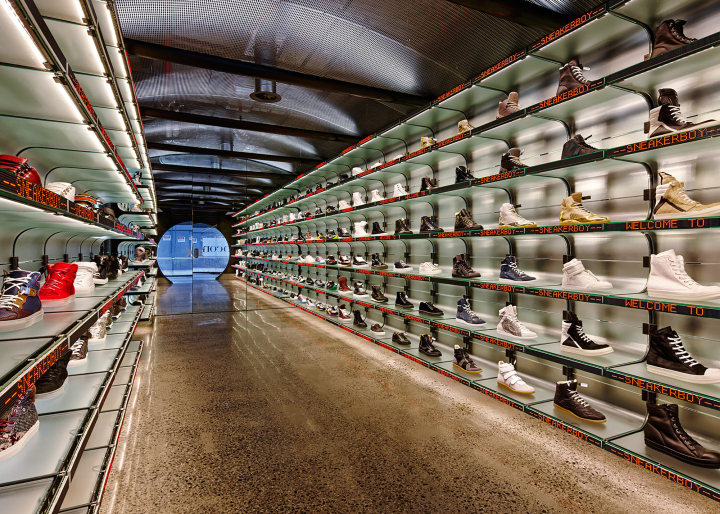

Dialling up customer experience
In a global environment where customers increasingly see the same airport brands and store environments across the world, creative store design can enhance both brand identity and local character. Building an emotional connection with customers is a priority for brands, focusing on the motivators that drive engagement, advocacy and loyalty.
Brands are seeking to deliver emotional engagement across every function in the value chain, instead of considering just the functional impact presented by the end product. This is being driven by customers’ desire to share their experience, interest in sustainable sourcing, ethical production, and demands for an expansion of the service proposition. Focusing on the most emotionally connected customers typically maximises returns and value.
The innovative fashion brand Frank & Oak in Canada is among the fastest growing brands in the country, based on a multi-channel proposition founded in online retail. It is enhanced by engaging store formats that contain barber shops, cafes, and juice bars, along with a strong community ethos among brand advocates that provide input into range planning, product design, and even store location.
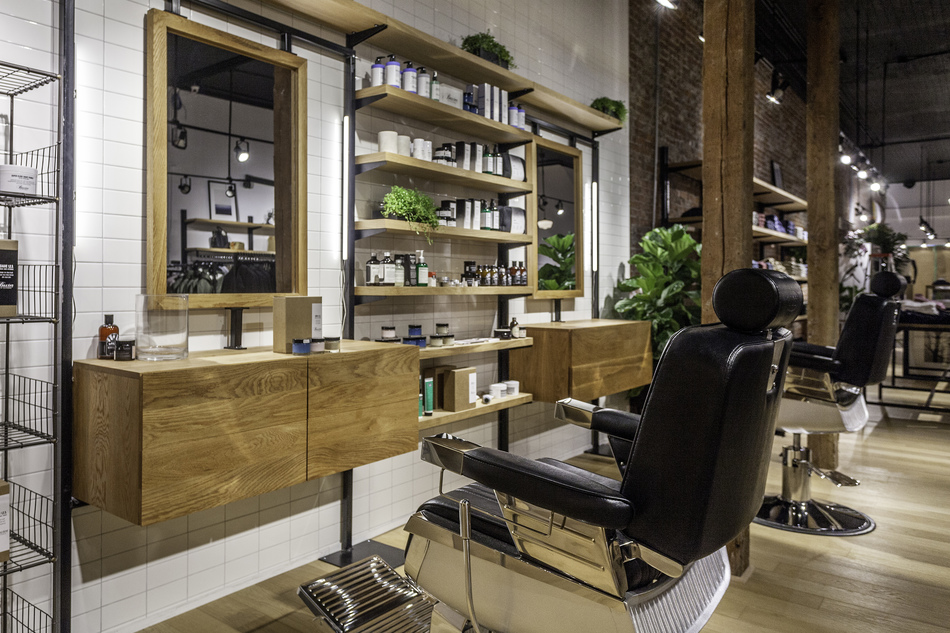
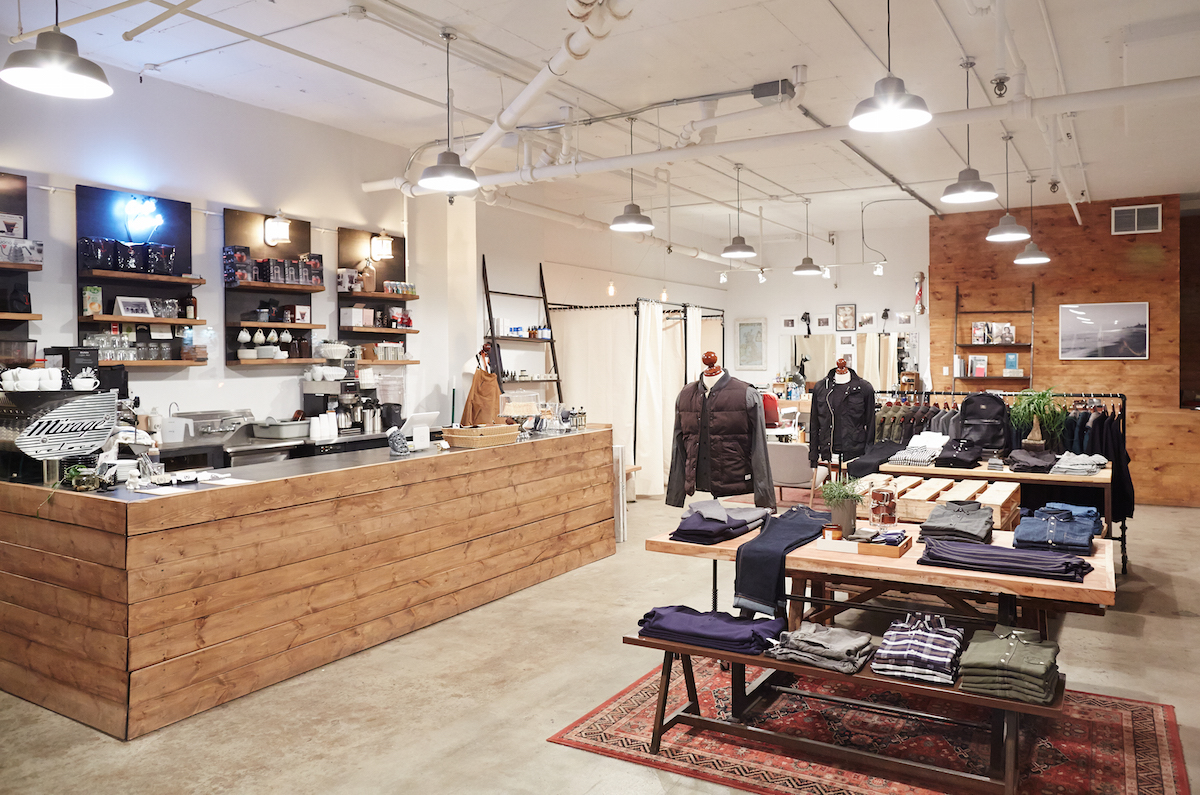
Barriers to change
Historically, airports are good at understanding the operational characteristics of their passengers, but less successful at fully understanding their behaviours, characteristics, profiles and demands as customers. It’s only relatively recently that airports have considered themselves as commercially-focused brands, where all touch points of the customer journey can impact the value of their asset. Typically, we see far too little investment and focus on fully investigating the customer profile and buying trends to inform strategic decisions.
Similarly, it’s critical that behaviours and opinions are constantly monitored, to gain sight of potential changes in behaviour that can provide early warning signals for new needs and requirements. As self-contained environments, it’s all too easy for airports to only look at customer behaviours towards and within their airports, rather than analyse how trends and behaviours on the high street may be influencing future demands and expectations from airport experience.
The shift will come when we consider how best to take the retail to consumers, rather than the other way round.
Airport retail – looking ahead
To fully maximise the retail potential presented by airports, management teams must look at each experience and touch point holistically, rather than in isolated silos and departments. Each aspect of processing, flows, services, digital, retail and catering needs to be considered as one, in order to effectively plan and manage the customer experience. Airport focus has moved from functional terminal processing boxes, to high intensity retail and walk-through duty frees.
Food & beverage has also had a recent renaissance in airports, and now it’s time to consider the service proposition. Customers that feel welcome, relaxed, and valued will be the easiest to extract retail spend from. The shift will come when we consider how best to take the retail to consumers, rather than the other way round.
*Alex Avery can be contacted at a.avery@pragmauk.com. For more information on Pragma, click here.
PREVIOUSLY ON TRAVEL RETAIL’S POSITIVE DISRUPTORS
(1) How ‘rainmaker’ DutyBuddy plans to bring “positive disruption” to travel retail
(2) Voyager 2 looking to land on Planet Travel Retail
(3) Dutyfree.buzz ‘a tool for the millennial shopper’
If you would like to participate in this series please contact Martin@MoodieDavittReport.com or Jason@MoodieDavittReport.com



